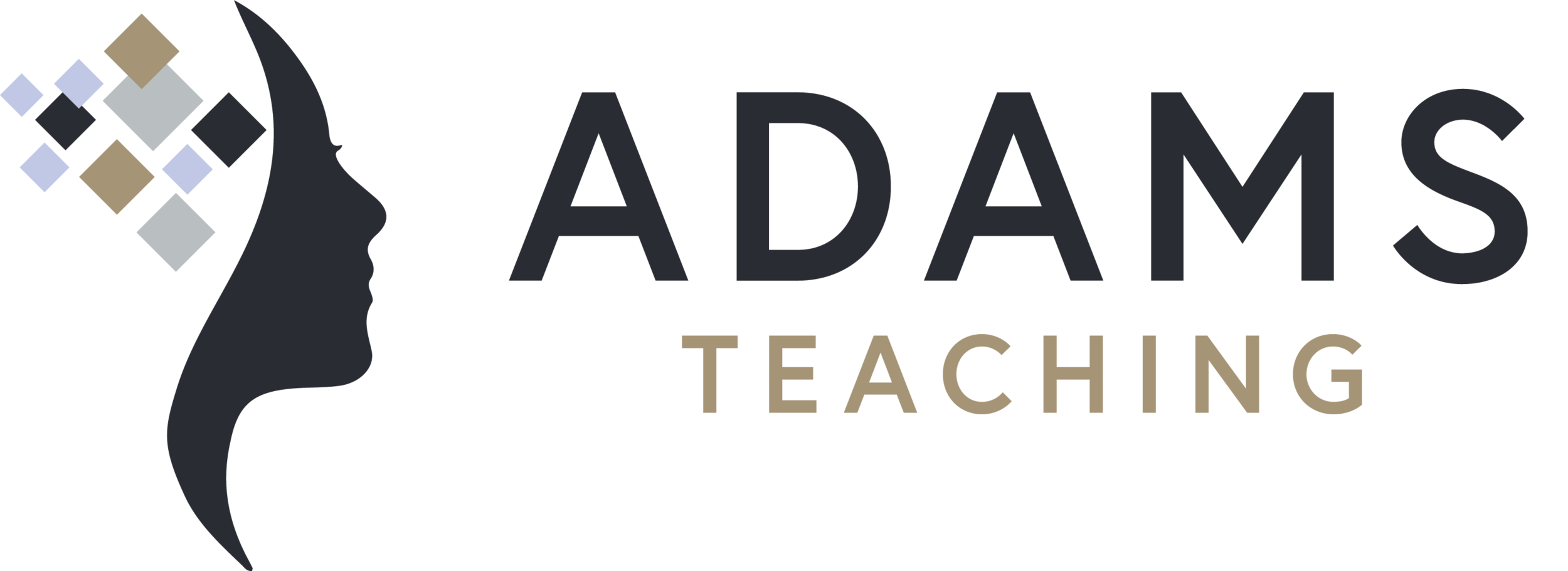Frontloading-Increasing Critical Thinking & Focus
In my post, "What Makes a Teacher Effective?" I shared how and why effective teachers organize their lessons into a pre-during-post format. The reason for this organizational pattern being that each portion of the lesson is designed to teach a specific skill-set, requiring a certain set of strategies in each phase. I also emphasized the importance of teaching both content and skills during a lesson, as this is what effective teachers do. Let's now examine the "pre" (Front-loading) phase and strategies that teach this skill-set to our students.
Front-loading a lesson is perhaps one of the most effective ways to improve student comprehension; this portion of the lesson develops specific skills which allow for greater critical thinking and focus throughout the lesson.
Some teachers make the mistake and think that going over the agenda for the day is "Front-loading." However, proper Front-loading involves the students accessing prior knowledge about the new content, learning essential vocabulary that will be used throughout the lesson and using their prior knowledge and new vocabulary to develop predictions. If a teacher does not implement a Front-loading strategy that accesses one or more of these skills, the student is neglected the opportunity to strengthen these "college and career readiness skills" (Common Core Standards) and does not engage from the beginning.
In credentialing programs, the Front-loading phase is referred to as the "Anticipatory Set," designed to hook and engage students in the lesson. However, this definition is too simplistic as it doesn't emphasize the importance of this phase for student understanding. This "pre" portion of the lesson is essential as it allows students to analyze and discuss the topic for a few minutes before just diving right in, an all too common, though detrimental, classroom practice.
The effective teacher understands that the time to prepare students for the lesson is at least as important as the time to assess students at the end of a lesson. In my own teaching experience and in observing hundreds of effective teachers, student comprehension is higher when the teacher consistently utilizes a minimum of two Front-loading strategies for each lesson, one to connect to prior knowledge and form predictions, the other to pre-teach the essential vocabulary for the lesson.
As Front-loading is perhaps the most vital part of the lesson, it sometimes requires more than the two to five minutes often suggested. For example, if a teacher wants students to connect to prior knowledge, form predictions and acquire essential vocabulary, a "Probable Passage" would be an excellent Front-loading strategy to employ. To provide further instruction of the essential vocabulary, the teacher could then utilize a "Vocabulary Study Chart" and teach each essential term explicitly for higher acquisition and retention.
A teacher does not need an exhaustive supply of Front-loading strategies. I routinely rotate the same five methods, such as the previously mentioned Probable Passage and Vocabulary Study Chart, as well as the Anticipation Guide, Tea Party and the Concept Organizer.
If you do not already have a repertoire of Front-loading strategies, I encourage you to try the ones mentioned (available on my website under "Training", then "Workshop Examples") or find others that would work in your classes; use them consistently and witness increased comprehension, engagement and retention of your content. Julie Adams, Adams Educational Consulting, effectiveteachingpd.com
